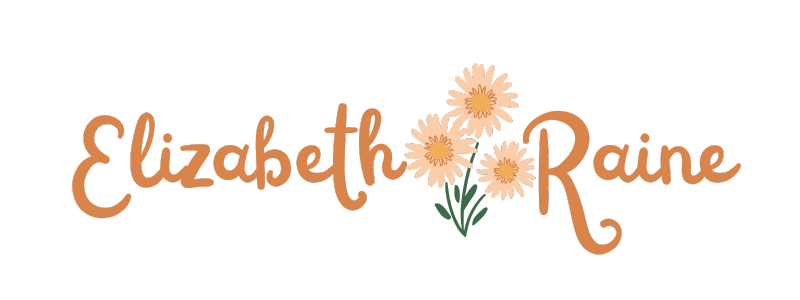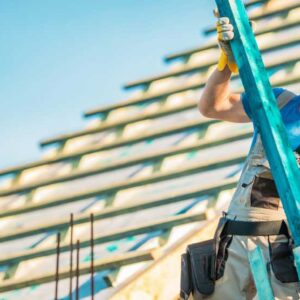Every drain line in your home leads to the main sewer line that carries waste to the septic tank or city sewer system. When the line becomes clogged, the whole house can be affected. A qualified plumber can identify and fix various problems with your sewer pipes.
Some solutions include hydrojetting, which uses high-pressure water to blast away clogs and prevent future intrusion. Trenchless repair offers other cost-effective options for repairing and replacing damaged pipes.
Pipe Relining
A clogged drain or broken sewer pipe can mean a lot of inconvenience and expense for homeowners. When these issues occur, you want answers and solutions quickly. However, it’s essential to understand the full range of sewer repair services before making any hasty decisions that could result in even more expensive, damaging, or time-consuming problems.
A common choice for sewer line repair is relining, also known as cured-in-place pipe (CIPP). This trenchless method leaves old pipes in place while a new pipe made of durable composite resin material is placed inside them. It allows quick, efficient repairs with fewer adverse environmental impacts than traditional methods.
When plumbers conduct a relining, they first inspect the damaged pipes with a drain camera. It ensures that the problem is confined to just one section of the pipe. Then, the pipes are cleaned thoroughly with hydro-jetting or another pipe-clearing technique. It removes any caked-on rust, hair, oils, or other debris that has shrunk the pipe’s original diameter, preventing waste from flowing correctly.
Once the pipes are clean, plumbers measure the damaged sections and cut a felt liner to roughly the same size. A vacuum pump then sucks the air out of the felt liner, leaving it ready for installation. The liner is then blown into the pipe and installed using a unique inversion drum.
Pipe Bursting
You probably don’t think much about the network of pipes buried beneath your property, but these lines play an essential role in the functionality and safety of your home. When these pipes begin to fail, you may need to have them replaced entirely.
Traditionally, this required digging trenches to access and remove the faulty pipe. But thanks to innovative plumbing repair methods, replacing sewer, water, and gas pipes is now possible without causing significant damage to your yard. You can call plumbing service providers to perform these non-invasive repair services for various issues.
For example, if your toilets are flushing slowly or you detect a foul odor, this could indicate a clogged drain line. You can also ask plumbing professionals to install a new water line in your home. This process is called pipe bursting, allowing you to replace your old plumbing lines with larger-diameter pipes to allow greater flow capacity.
The procedure begins by defining an entry point and receiving pit for the new pipe to be connected to. At this point, technicians feed a rod with bursting blades and an expander into the damaged pipe. As the bursting blades break apart the existing pipe, the expander pulls a length of new pipe through the gap it creates, replacing the old pipe. It is a popular choice for replacing aging or damaged pipes and eliminates the need to excavate the area.
Pipe Replacement
A broken sewer line may significantly impact your home. Unlike a drain clog that prevents water from flowing through, a damaged sewer line causes wastewater to return to your home. These backups can occur from your toilets, sinks, or bathtubs. Regular inspections can help identify a deteriorating line before it’s too late and prevent costly repairs.
Pipe relining is an excellent solution for fixing a damaged line without traditional excavation. This method involves inserting a flexible liner-coated resin into the existing pipe and curing it. The result is a new pipe almost as strong as your original one. This method can repair cracks and leaks and even completely replace a damaged section of pipe.
Many homeowners need help with blocked sewer lines. Homeowners can use a drain snake to dislodge blockages and try hydrojetting. This process uses high-pressure water to clear stubborn clogs and may be a better option if your home has older pipes that have experienced frequent blockages.
If your sewer line is cracked or damaged, you may need to consider a total replacement. A professional plumber can evaluate the situation and recommend the best course of action for your home. The most cost-effective solution is often a trenchless technique like pipe relining or pipe bursting. These methods replace the old piping without disrupting your yard and landscape. If these options aren’t feasible, you may need to go with traditional excavation and complete a more invasive project.
Trenchless Repair
Excavation is one of the significant expenses associated with sewer line replacement or repair, though there are other factors to consider. Digging up and replacing a broken sewer line is expensive, as it can require significant disruptions to your home or business. Luckily, thanks to technological advances in the plumbing industry, a plumber can often complete repair or replacement using a trenchless technique that is less costly for the homeowner.
Trenchless repair methods are minimally invasive, which can significantly reduce expenses for homeowners and businesses. The repair method uses specialized equipment to access the damaged line without digging large holes or disrupting property. This process is also faster and more environmentally friendly than traditional repairs.
The two most common types of trenchless repair for sewer lines include pipe lining and pipe bursting. With a CIPP liner, your plumber will feed an inflatable tube covered in epoxy into the existing pipe. The epoxy will then be pressed against the existing line, which repairs any leaks and creates a new, durable inner liner that will last for decades.
Pipe bursting is similar, except it replaces the old sewer line with a new pipe. A specialized “bursting head” is fed into the old line, which tears it apart while pulling in a flexible new pipe that takes its place. This technique is quick, effective, and can be applied in difficult-to-reach areas, like beneath driveways or embedded concrete.





